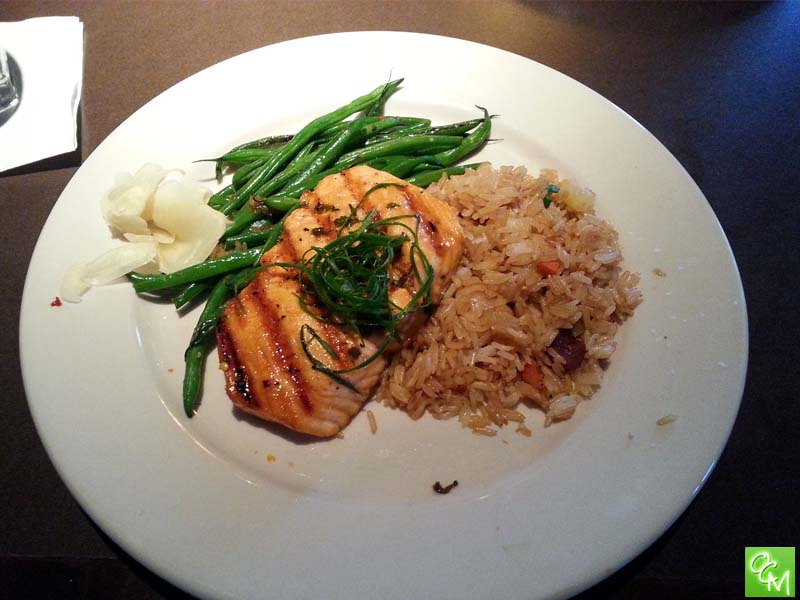Cholesterol Reducing Cooking Substitutes – Many of your preferred recipes can be made healthier merely by substituting lower-fat ingredients. Look at the list of ingredients on your recipe. Then look at the table below to find out if any of the ingredients are placed in the left column. If that’s so, you can make the recipe a healthier one by using the ingredient in the right column instead.
Cholesterol Reducing Cooking Substitutes
- In place of whole eggs, egg yolks – Use – egg whites or ¼ cup egg substitute
- As an alternative to butter – Use – liquid or tub margarine, unsaturated vegetable oils, butter-flavored granules, spices and herbs to flavor food
- Cholesterol reducing cooking substitutes for mayonnaise – Use – nonfat yogurt, mustard, low-fat or nonfat mayonnaise
- In place of regular yogurt, sour cream – Use – Nonfat yogurt, nonfat sour cream
- In place of potato chips – Use – pretzels, low-fat or baked chips
- Cholesterol reducing cooking substitutes for whole or 2% milk – Use – skim or 1% milk
- Rather than – whole-milk ice cream – Use – ice milk, low-fat frozen yogurt, low-fat or nonfat ice cream, sorbet
- Rather than – whole-milk cheese – Use – Reduced-fat, low-fat, or nonfat cheese
- Instead of whole-milk sour cream – Use – nonfat or low-fat sour cream or yogurt
- Cholesterol reducing cooking substitutes for coconut oil, palm oil, palm kernel oil – Use – unsaturated oils, such as safflower, sunflower, canola, and olive oil
- Cholesterol reducing cooking substitutes for regular salad dressings – use – low-fat or nonfat salad dressings, vinegars
Cholesterol Reducing Cooking Tips
Use less fat in recipes. When a recipe requires 1 cup of butter, use ½ cup butter and replace the other half with 1/4 cup of prune puree. You may make prune puree by pureeing 1 1/3 cups of pitted prunes and 6 tablespoons of hot water in a blender or mixer. This makes one cup of puree. For baked goods, it is easy to replace 1 cup of butter, oil, margarine, or shortening with 1 cup of applesauce and still have a moist, great-tasting item without many of the fat and calories.
Follow the following tips for the healthiest cooking methods
- Bake, broil, roast, steam, microwave, poach, grill or stir-fry with only a little oil.
Use nonstick pans. - Spray a light coating of vegetable oil instead of liquid oil or butter, or cook with defatted broth, bouillon, fresh fruit juices, or wine.
- Thicken sauces and soups with skim or 1% milk and a little flour or cornstarch instead of whole-milk products.
Several times each week, substitute nonanimal protein sources, like tofu, beans, peas, or lentils, rather than animal protein. This could take some getting used to if you are a so-called meat-and-potatoes guy. If this sounds new for you, have a look at a few vegetarian cookbooks or magazines to get ideas for preparation methods and spices.
Make gradual changes. After some time, you’ll get used to your new meals, plus your tastes will change. Adding more vegetables may also increase your dietary fiber, and that helps reduce your LDL – or bad – cholesterol.
You possibly can choose healthy food and then without realizing it add unhealthy ingredients if you aren’t wise about how you add flavor. Use herbs in preference to butter or margarine. Or utilize a little unsaturated vegetable oil. Many cookbooks have lists of herbs that reveal the taste of foods. Try one or two. You’re apt to discover some new flavors that you like. Try basil on zucchini, for instance. Or use lemon pepper on broccoli.
The word homemade usually makes food sound better. And, and in addition perhaps, many times, it tastes better too. The true secret is that it’s usually healthier for you. Use fewer prepackaged foods. Prepackaged sauces and mixes and instant products, such as instant rice and pasta meals and instant cereals, often contain fat. It may look less convenient initially, but try recipes for rice dishes from low-fat cookbooks or magazines.
This content has been provided for Oakland County Moms by Georgia Rascon. Georgia Rascon wrote for a low cholesterol recipes blog, her personal hobby web site devoted to suggestions to eat healthy to avoid high cholesterol levels. Originally posted in 2010.
Author Georgia Rascon’s note – The information provided on this document are made to guide, not replace, the relationship that exists between a patient/site visitor and his/her doctor. Georgia Rascon has not business intent and doesn’t accept direct source of promotion coming from health or pharmaceutical businesses, doctors or clinics and websites. All content provided by her is based on her editorial judgment and it’s not driven by an advertising purpose.
For more cholesterol reducing cooking substitute ideas, consult your local physician.


